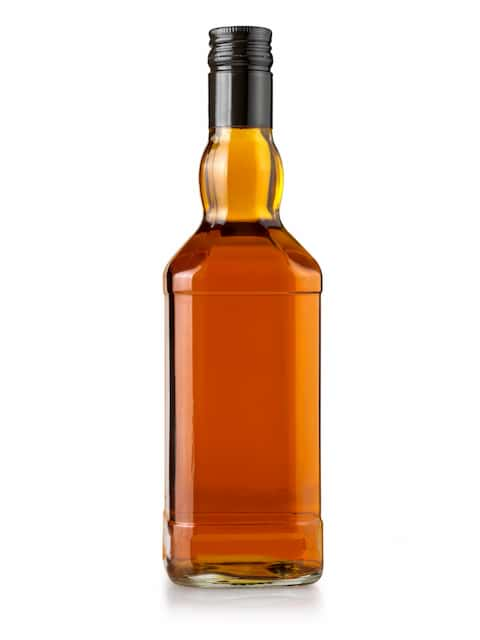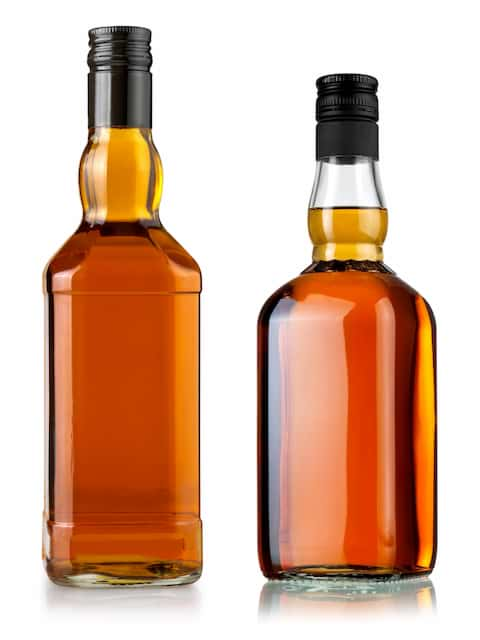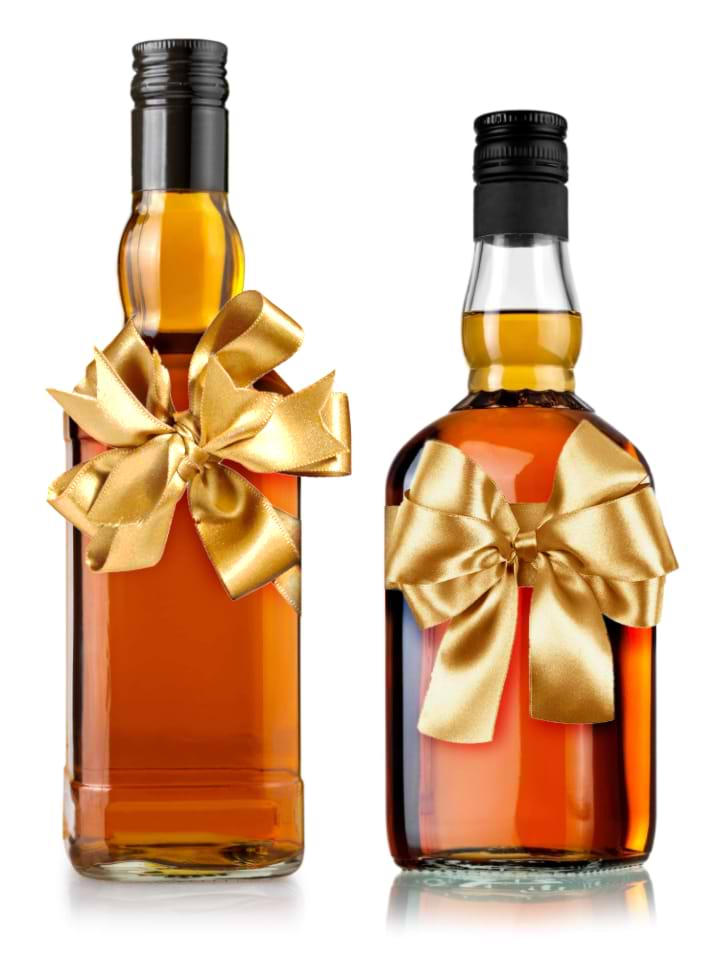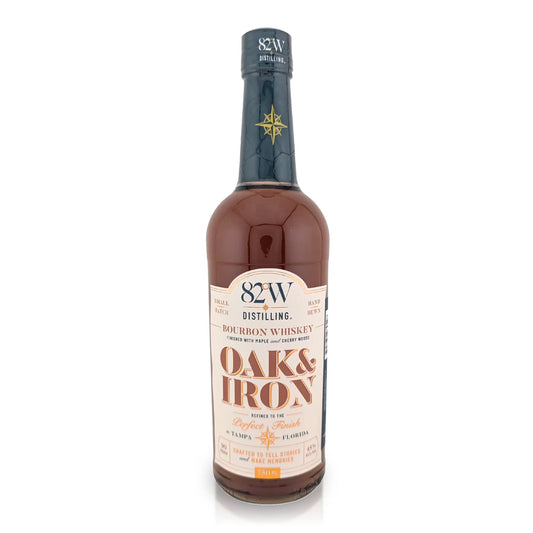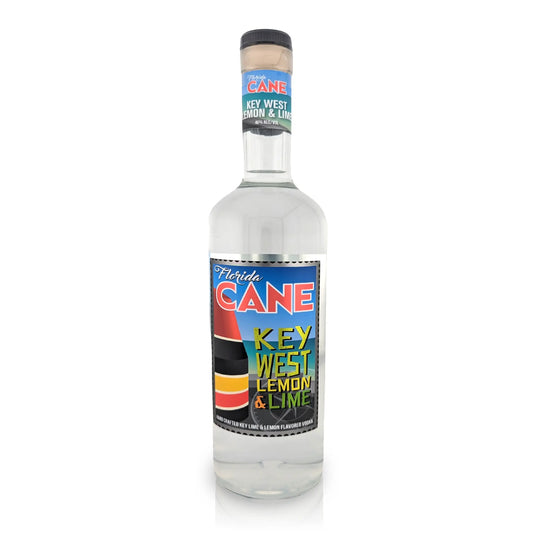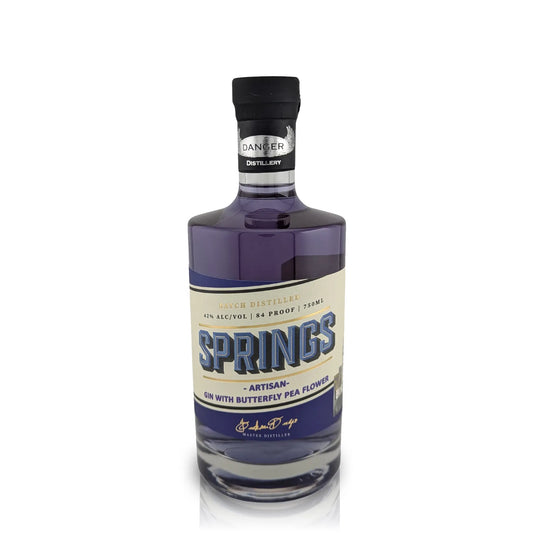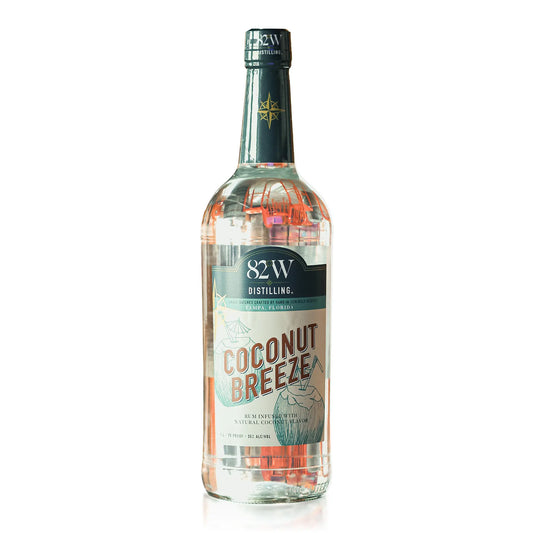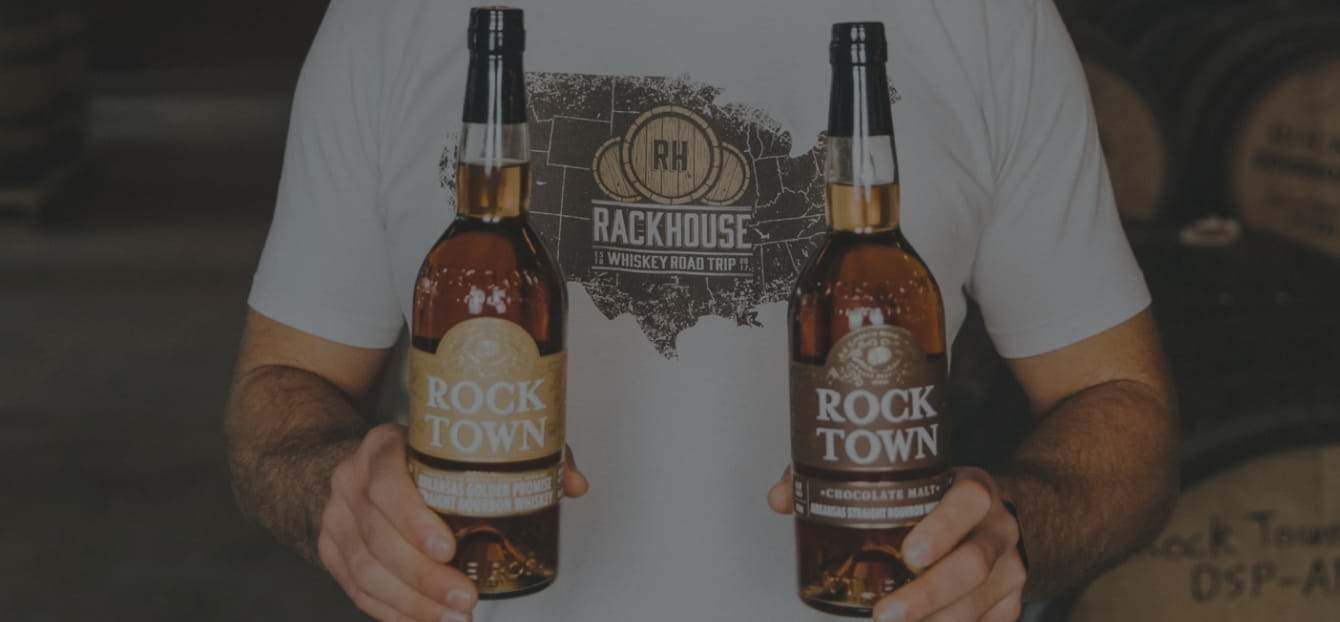
Whiskey fans have never had it this good. In every corner of the world, there’s a new variety of whiskey, and in select areas, distillers keep popping up with more and more craft selections. Simply put, there’s never been this many options for brown spirit enthusiasts. How well do you know your whiskey? What’s the difference between Irish whiskey and Scotch whisky? From earthy, smoky, peat-filled Scotch to sweet, honey-filled bourbon, the types of whiskey are enjoyable on their own or as a classic whiskey cocktail.
To novice whiskey drinkers, the different styles, regions and labels can be confusing. Heck, even to an experienced whiskey connoisseur it’s intimidating. So, why are there so many different kinds of whiskey, and are they really that different? We’re breaking down the differences, so pour yourself a glass and read on.
The 11 different types of whiskey explained
But first … is it whiskey or whisky? All whiskeys start out the same in how they’re made. Grain is fermented and then distilled and has to be at least 40 percent alcohol by volume once it makes its way to the bottle. Variations in barrel type, aging time, and distillation techniques are what contribute to the many different types of whiskey. The location defines how you spell the liquor. The Irish use the “e” and then American-made whiskeys followed suit. Whisky spirits are ones made in Scotland, Canada, Japan or anywhere else in the world. Other differences between variations of whiskey include where they’re made, what they’re made from and what they taste like.
Scotch Whisky
Did you know the very first record of whisky production dates all the way back to 1494? It’s no surprise then that the list of the most expensive whiskies in the world are full of single malt scotch. Scotch whisky is made from either malt (malted barley) or grain (corn or wheat), and can be either a single malt/grain whisky or a blended whisky. Single malt or single grain are made at a single distillery while blended whiskies are made at multiple distilleries and then mixed together. Whisky making in Scotland is a very serious endeavor. Laws distillers must follow include aging the spirit in an oak barrel for at least three years and including an age statement on each bottle that reflects the youngest aged whisky used. Scotch whisky is a drink to sip and savor.
Single Malt and Blended Whisky
In short: single malt whiskey refers to a whiskey that is produced by a single distillery using a single malted grain, typically barley. Although the most famous single malts are made in Scotland, that doesn’t mean the rest of the world is far off from perfecting the recipe. Ireland, Japan, America, Canada and other countries are already producing really great single malt whiskey. And that is adding to the global popularity of the spirit.
When whiskey lovers see that single malt whiskey is a blend of malt whiskeys produced at the same distillery, they get the false sense that it’s similar to blended whiskey. This isn’t the case. The biggest difference between the two depends on how many distilleries were involved in making the whiskey. Blended whiskey comes from blending two (or more) whiskeys from different distilleries. You could also see a “blended malt whiskey” which would be a blend of malted whiskeys, but for it to be a true blended single malt, each single malt was produced at a single distillery. The “single” tells you that all of the whiskey will have been made at one location.
Irish Whiskey
The Irish have the fortune of being the very first whiskey distillers and coined the term “whiskey” from the Irish phrase uisce beatha, which means “water of life.” Irish whiskey can only be made in Ireland or Northern Ireland, using a mash of malt, distilled with water and caramel coloring and then aged in wooden casks for three years before it’s ready for consumption. The resulting flavor can be grassy, grainy or bourbon-like but is much smoother than its other whiskey counterparts.
Bourbon
In the last 15 years, a craft whiskey movement has resulted in many different diverse styles creating almost a “whiskey renaissance” here in America. Historically, you see two main categories of American whiskey: bourbon and rye. One of the main differences between scotch and American whiskey? Scotch is always aged in used barrels while America’s native whiskeys must be aged in new, charred oak barrels which is where the aroma and a major source of flavor is derived.
Bourbon is historically associated with Kentucky and a huge player in the American whiskey industry. Contrary to popular belief, it can be made anywhere in the U.S. Bourbon has to be made with at least 51 percent corn and the rest either malted barley, rye or wheat. The flavor of bourbon tends to be sweet with soft spices, woodsy flavor and caramel or vanilla aftertaste.
Rye Whiskey
Thanks to up-and-coming distillers rye is making a significant comeback in the American whiskey industry. No surprise that rye whiskey is comprised of at least 51 percent rye with the rest consisting of malted barley and corn. Rye grain produces a distinct flavor of spices and fruit notes which means it has a spicier flavor than the smooth and sweet bourbon. And you can tie the distinct flavor profiles back to the main ingredients. The corn mash used to make bourbon results in a sweet, caramel-like and full-bodied flavor. The rye mash used to make rye whiskey means the taste tends to be spicier, drier and more savory. Bourbon flavors are typically easier for a novice to enjoy because of the noticeable sweetness and consistency while the intensity of rye whiskey is more of an acquired taste. One additional note is that rye whiskey is usually the first to grab for classic cocktails because many of those recipes call for sugar or blending with other sweet liquors.
Tennessee Whiskey
Don’t make the mistake of saying Tennessee whiskey is bourbon, especially not to a Tennessean. Distilleries in Tennessee have perfected their style and use a filtering step known as the Lincoln County Process prior to aging the whiskey. Interesting tidbit: Tennessee whiskey is filtered through charcoal eliminating impurities and jumpstarting the aging process.
In order for a distiller to slap a “Tennessee Whiskey” label on a bottle, there are a number of regulations that need to be followed. For one, by law, Tennessee whiskey must be produced in the state of Tennessee. Second, it must be made from a mash bill that is at least 51 percent corn. Third, Tennessee whiskey must be charcoal-filtered prior to aging, which is also sometimes called “mellowing.”
As for the taste, it’s often described as a lighter version of Bourbon. The charcoal-filtering process mellows out the flavor, making it less bold and harsh. You’ll still notice notes of toasted oak, caramel and vanilla, along with a hint of charcoal or burnt wood.
Canadian Whisky
Our neighbors to the north have been perfecting the art of whisky for a very long time. Because of its distinctive style, it’s shocking that anyone would snub Canadian whisky or view it as inferior to Scotch or bourbon. Canadian whisky must be aged for at least three years but has no requirements on the type of barrel distillers use. It contains a high percentage of corn making it lighter, smoother and less flavorful than American whiskey. (This could be the reason for the consistent snubbing.) If you’re in Canada, ask for a “rye” as this is the commonly used term for Canadian whisky.
Japanese Whisky
The Scots must be doing something right because Japanese whisky was created to mimic the flavor of scotch as closely as possible. They even use similar distilling methods. Commercial whisky distilling in Japan began in the 1920s and continues today. Japanese whisky is known for its impeccably high standards and makes an excellent partner in crime when added to a standard mixed drink.
White Whiskey
Also known as “White Dog,” this once referred exclusively to colorless, corn-distilled bootlegged moonshine. Today, it’s a colloquialism for virtually unaged “white” whiskey — usually clear in its appearance, harsh in its flavors, and high in alcohol content.
Flavored Whiskey
The number of flavored whiskies on the market grows each year exponentially. Younger consumers, women, and multicultural communities dominate the demographic for the category, enjoying flavors like cinnamon, apple, peach, cherry, and peanut butter. In addition, whiskey liqueurs offer fans a chance to try something a little less serious, and can help show a newbie that maybe they might actually like whiskey.
Indian Whisky
Indian whiskey is perhaps the most unique style of whiskey on this list. The country actually produces 48 percent of the world’s whiskies but most of it stays within India. Because grains and yeast are cost-prohibitive in India, the whisky there is typically made from molasses, which means it’s more of a barrel-aged rum than whiskey. Some producers will add malt or pre-made scotch to add to the complexity. Aging occurs very fast because the heat in India is so much higher than many other whisky-producing countries. Because it’s not aged as long and it uses other ingredients, most Indian whiskies don’t meet the EU standards to label whisky on the international market. Distillers are adapting their spirits to meet international regulations and more options are becoming available.
With so many different types of whiskey, how do you know which ones you should be checking out? Start right here in the U.S. craft whiskey market. Rackhouse Whiskey Club scours the U.S. looking for the best distilleries with the most interesting stories to curate a unique subscription box filled with full-sized bottles of hard-to-find small batch whiskey. We’re building a community of premium craft whiskey drinkers. And you’re invited! Join us!
If you want to know more about different types of whisky, read reviews from whisky experts on whiskey-world.com. They share valuable information about the flavors and characteristics of each whisky, helping you explore the diverse world of this popular drink.


